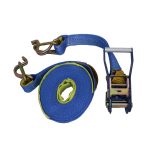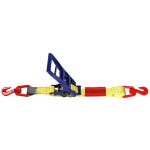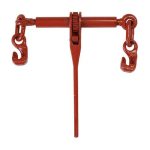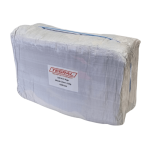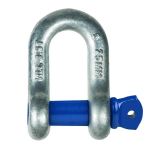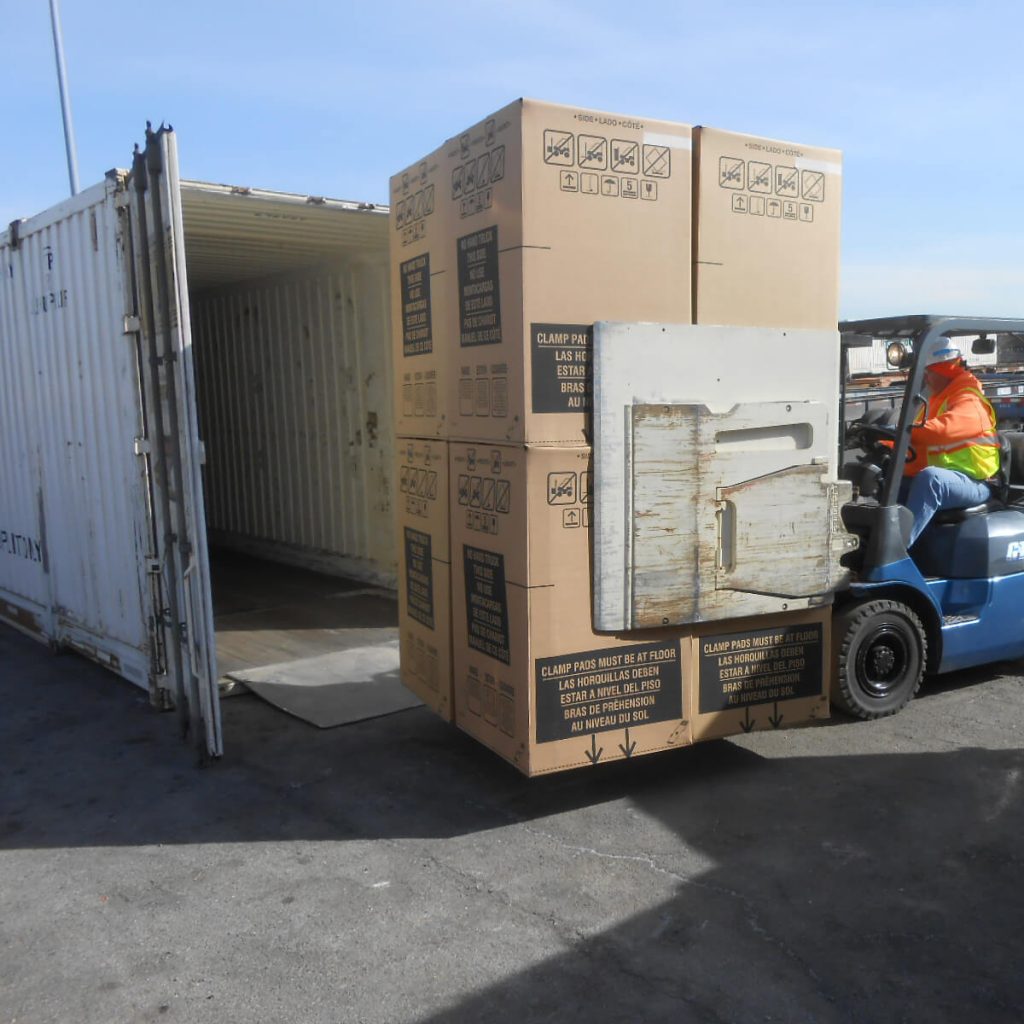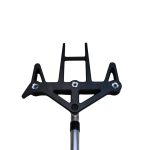Packing your shipment is a crucial step in the shipping process. It is important to pack your shipment properly so that it arrives at its destination secured.
Many factors can affect the loading process, such as the weight of your goods, the size of your goods, and how fragile they are. You should always be aware of these factors when you are loading your goods onto a truck or a ship. Many different ways are also practiced to pack a shipment, but there are some general guidelines that you should follow when packing your shipment.
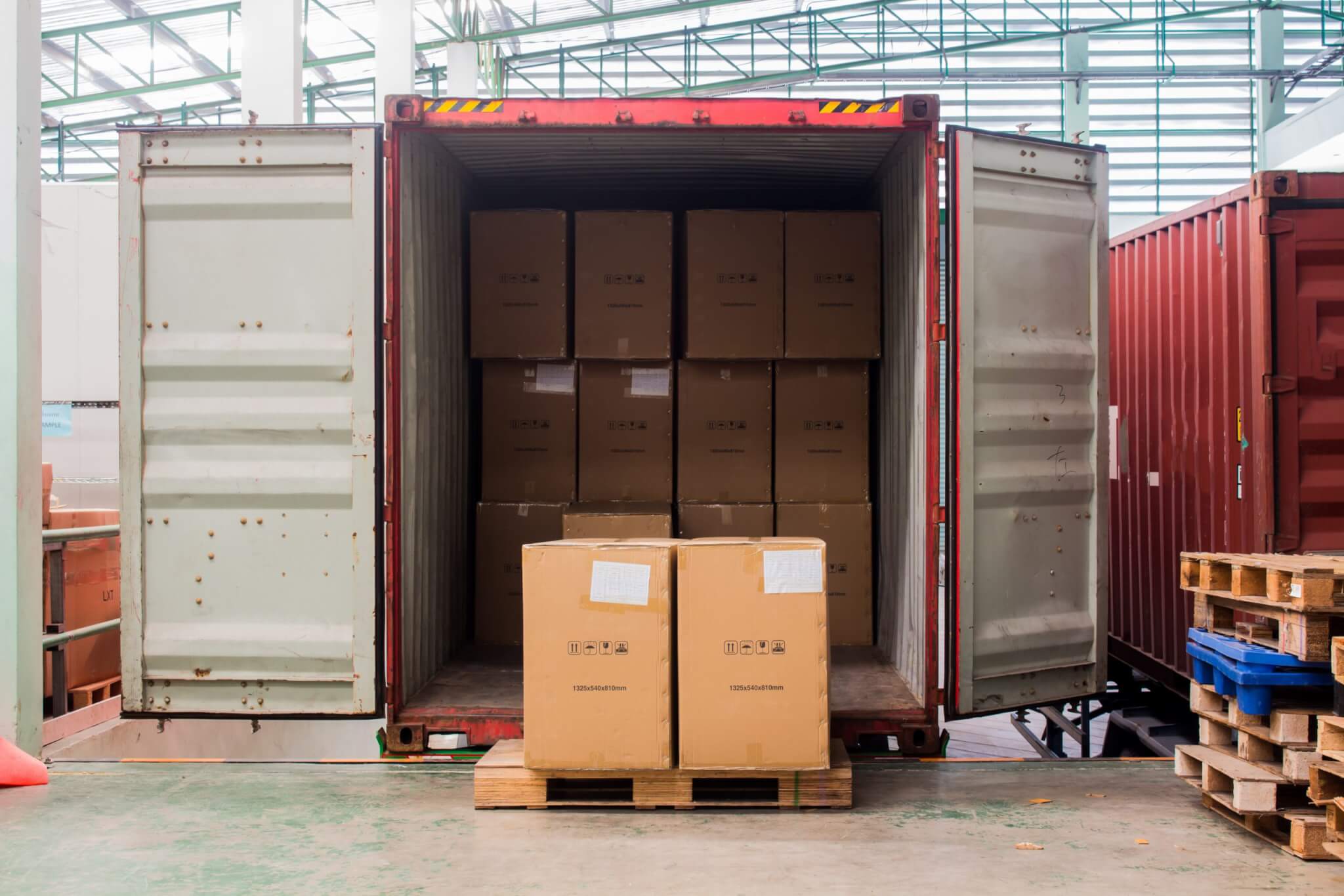 Verify the container’s needs
Verify the container’s needs
Before hiring a shipping container, assess your needs in advance. Find out how many goods you intend to load and look for the right one for you. Consider certain factors such as size, weight, and types while choosing the proper shipping container for you. You could find various standard-sized freight containers (e.g. 20ft, 40ft, 45ft, and 53ft), with several kinds (open-end, open-top, flat-rack, etc.), and choose the right one according to your needs.
- Wrap your goods carefully for loading
While preparing the shipping container for loading, first identify the items you would like to load and then pack them carefully for loading. Write an inventory list of your shipping items. For the safety of your goods, it is advised to use new boxes for packing.
Packing For Residential Needs
Following are some of the packing ideas for your household items:
- Carrying items like books, magazines, or others, you could use cardboard book cartoons. If you are looking for packing your kitchen appliances and bedding, consider using specialised linen cartons, which can hold your items securely without causing any damage.
- If you own a bulk amount of clothes, you could use a wardrobe cartoon and put them inside. For packing fragile items like glasses or photo frames use bubble frames or linens. Load these pieces near the top after packing the heavy items boxes all in together on the bottom. Also, avoid packing liquids with other sensitive items and s carefully place them on the bottom.
Packing for commercial needs
For a business, make sure that the container you are planning to use to pack your cargo is in good condition to avoid possible cargo damages. Also, ensure that it is clean, safe and sound, dry, and most importantly, it is cargo worthy. As there is a chance of causing harm to your shipment due to the movements during transit, therefore consider tighter and more secure packing to eliminate cargo damages as much as possible. Also, pack your cargo in a way so that they can be moved or appropriately handled by mechanical equipment (e.g. forklift, crane, etc.).
When packing is done double-check all your items, and make sure that they are secure. Close them with robust and gummed tape. Do not forget to level each of the pieces and put the number of the box according to the contents. To make it more effective, you could keep a running tally for the shipping items.
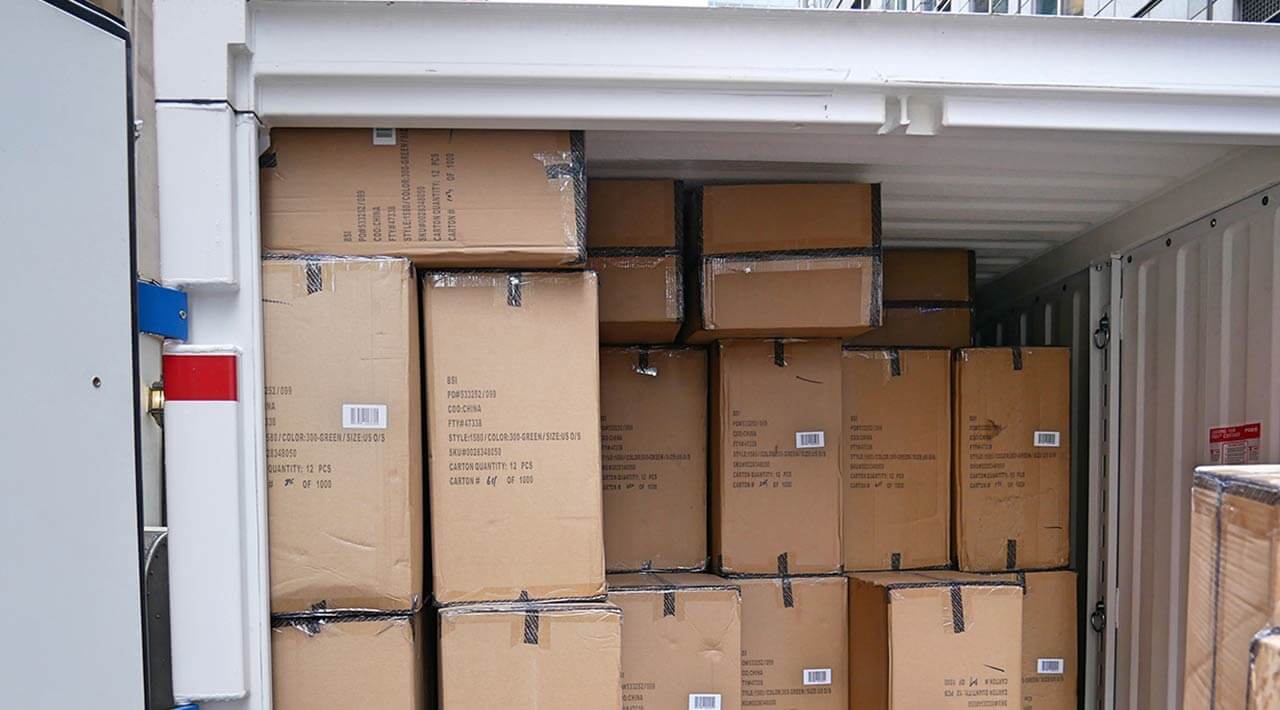 Cautiously load and prepare your shipping container
Cautiously load and prepare your shipping container
Following are some of the guidelines you should follow while loading and making the freight container ready:
- Before loading your goods in the freight container, give it a check; check the overall condition and cleanliness. Also, check the locks and note down the serial number of them (if there are any) for reference.
- Load distribution is another crucial consideration you should take into account while loading the shipping container. Distribute the weight of your cargo goods and other boxes respectively through the container, ensuring their weight is spread over the entire freight container area. It is recommended to use the whole space of your shipping container. So while loading, you should try to cover the entire maximum area at the utmost with leaving no empty spaces.
- Load the larger and heavier cargo and boxes containing non-fragile items that are at first; put them on the bottom and make sure that they are evenly distributed over the container’s floor area. With this, you could be assured that your shipping container is not proportionately heavy on one side. On the other hand, place the lighter cargo and fragile items boxes on top. In doing so, you could balance the container and prevent crushing when your shipment is subjected to violent movement.
- To eliminate the risk of damaging your dry freight, place it above the wet floor of the container. In addition to that, make sure that you do not put direct pressure on the container door and you could use a fence or gate to avoid this.
- Ensure the safety of the cargo
The shipping container is exposed to powerful movement from compressive forces during transporting, therefore ensuring the safety of your shipment. One of the best possible ways to secure your load is to place the contents of the cargo firmly against each other throughout the container and make sure that your loading fills the entire space of the shipping containers. Another excellent idea to secure your cargo is by applying some cargo securing aids.
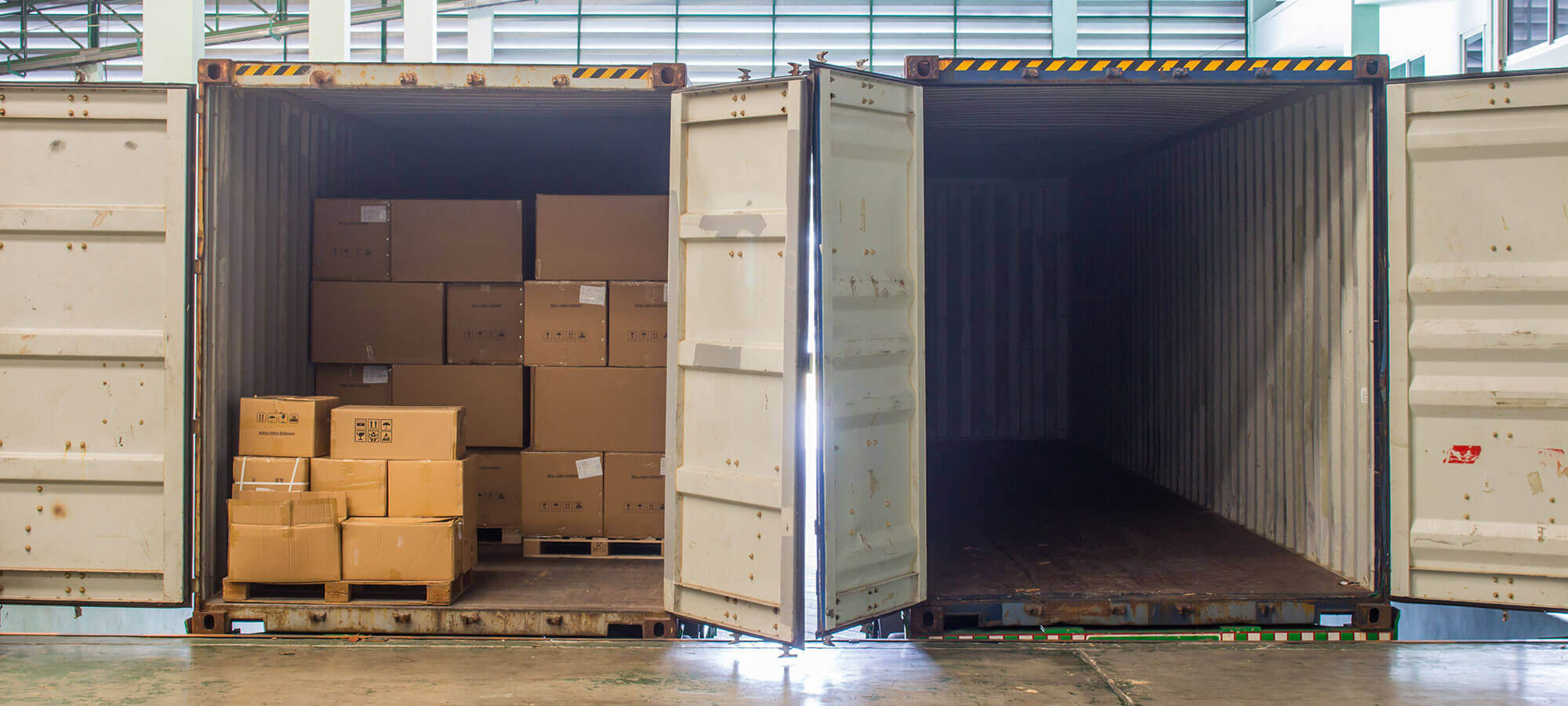 Use machinery
Use machinery
For loading your bulk amount of cargo or bulky goods in your container, you could use some useful tools. Doing so does save not only your time but also lessens the health risk like back injuries for the staff. Corresponding to your needs, you could use non-motorized or motorized equipment such as pallet trucks, forklifts, and others.
- Conduct a final check after loading
After you are done filling all of your items, it is time to look through your inventory list and check if you missed anything to load. Make sure you place everything in order and make any adjustments if needed to lock down better and protect your valuable things. Also, ensure that you have used all the spaces of the container and the contents are entirely safe from damage. After then, close the container doors as well as lock the arms using a sturdy padlock. It is recommended to use a straight shackle padlock or similar lock, particularly the one that is resistant to bolt cutters. Now you are ready to transport your container with better protection.
For businesses that ship internationally, the return of goods due to damage in transit can be a huge burden in terms of time and money. Consider the above guidelines as they can save your business hassle and unhappy customers in the future!
Source: Expert Logistics




